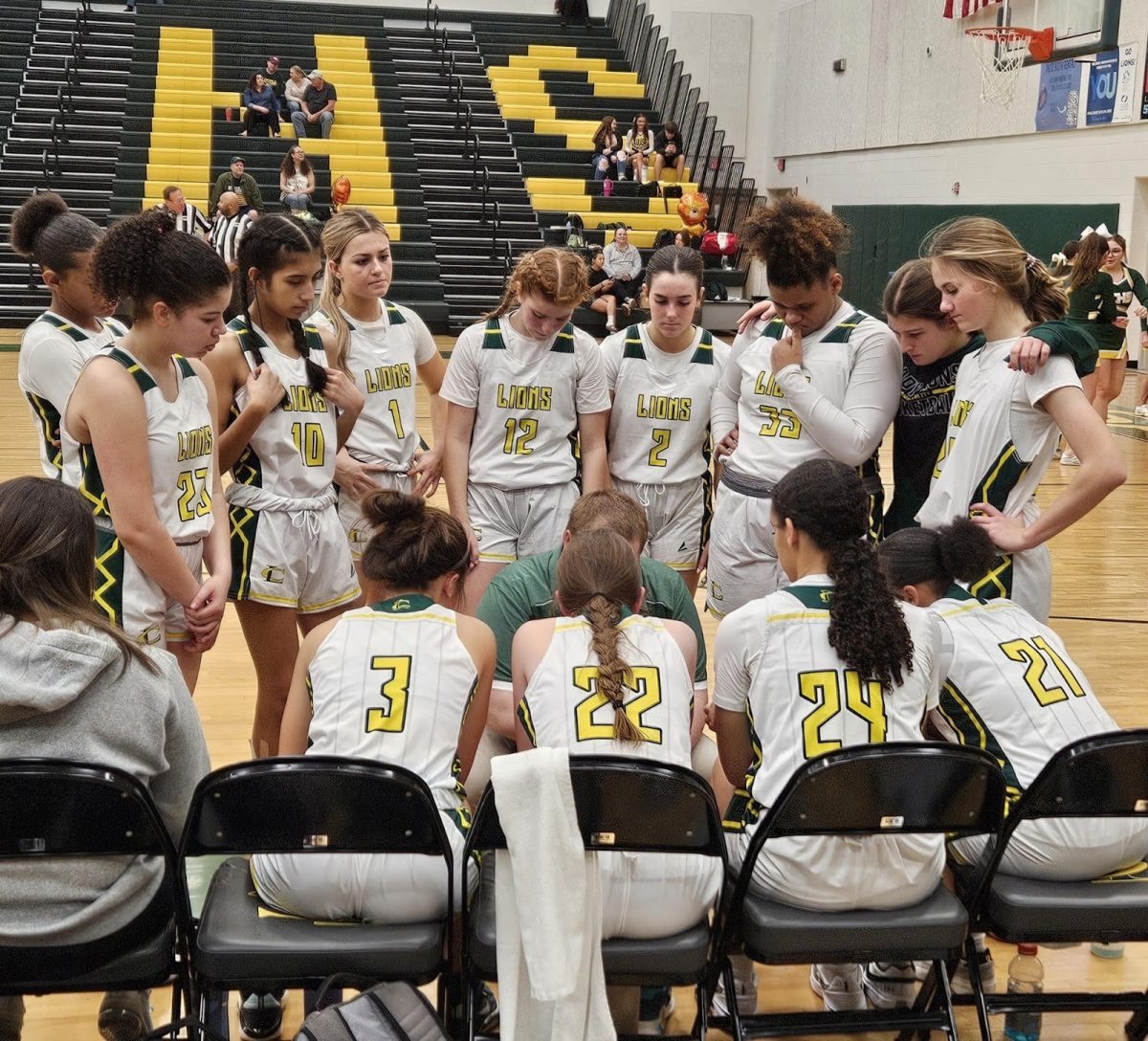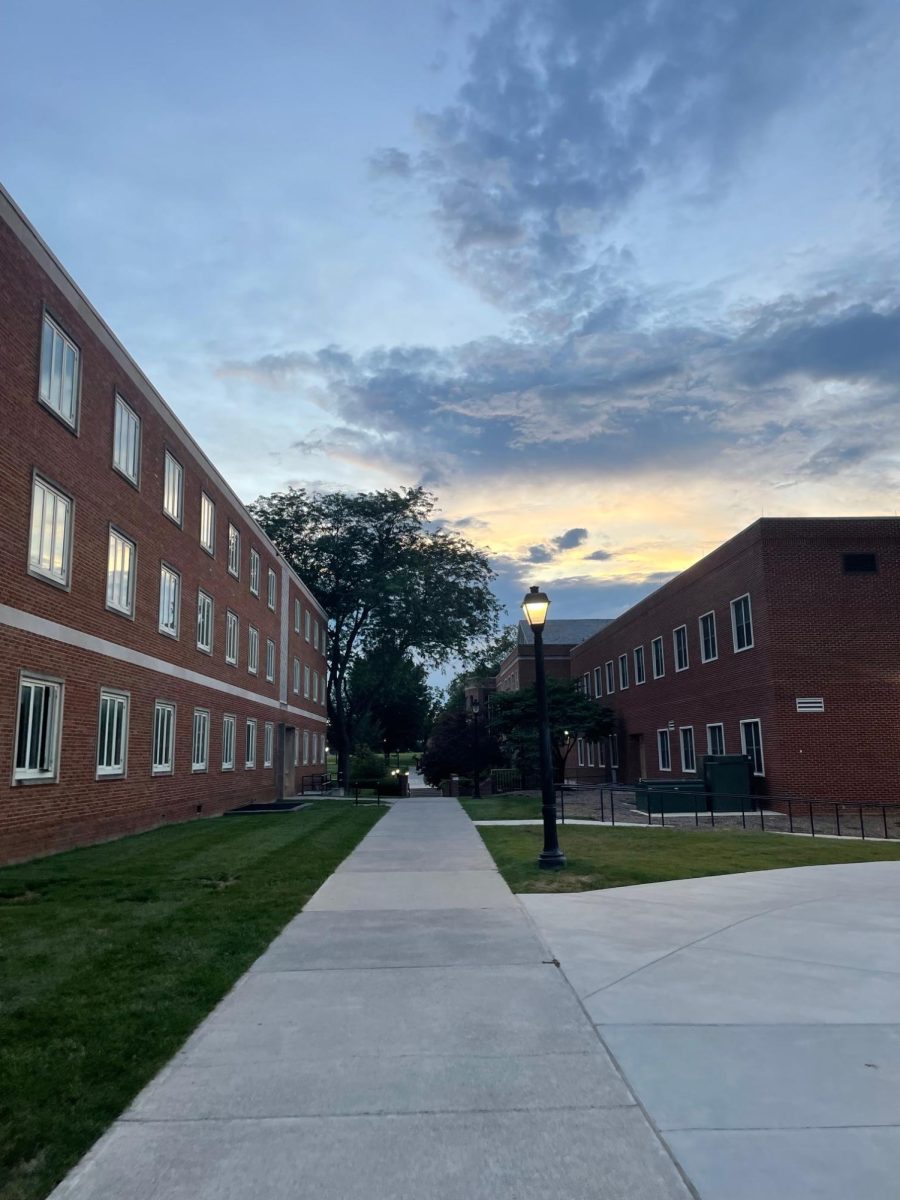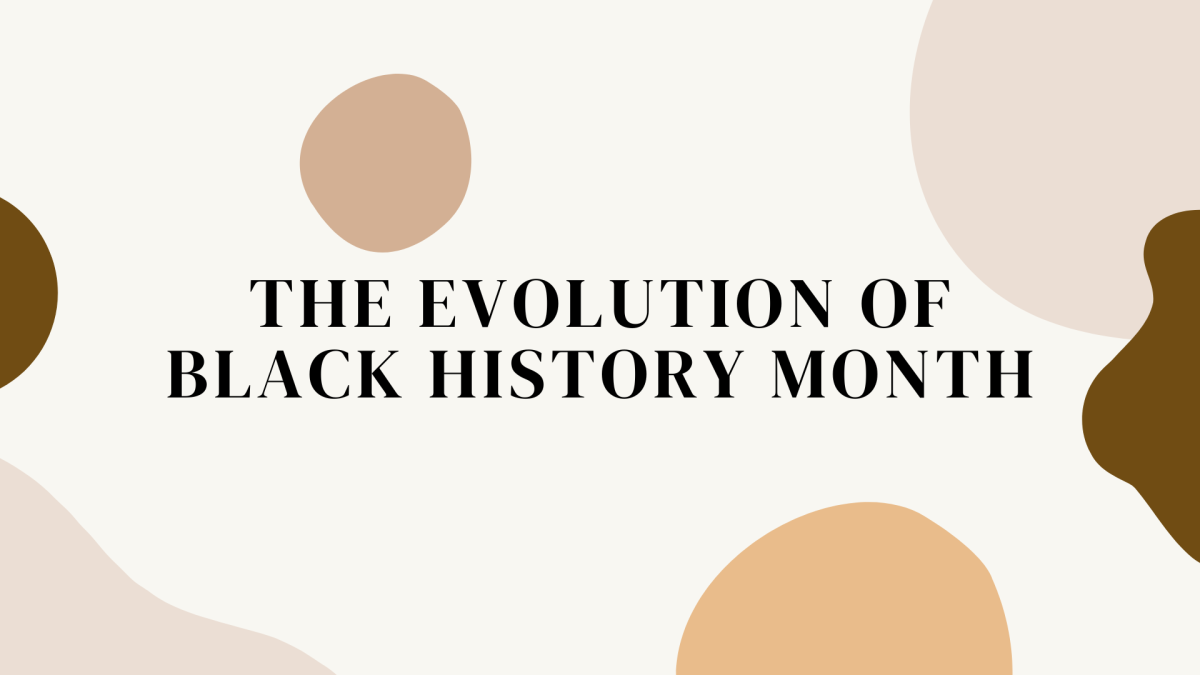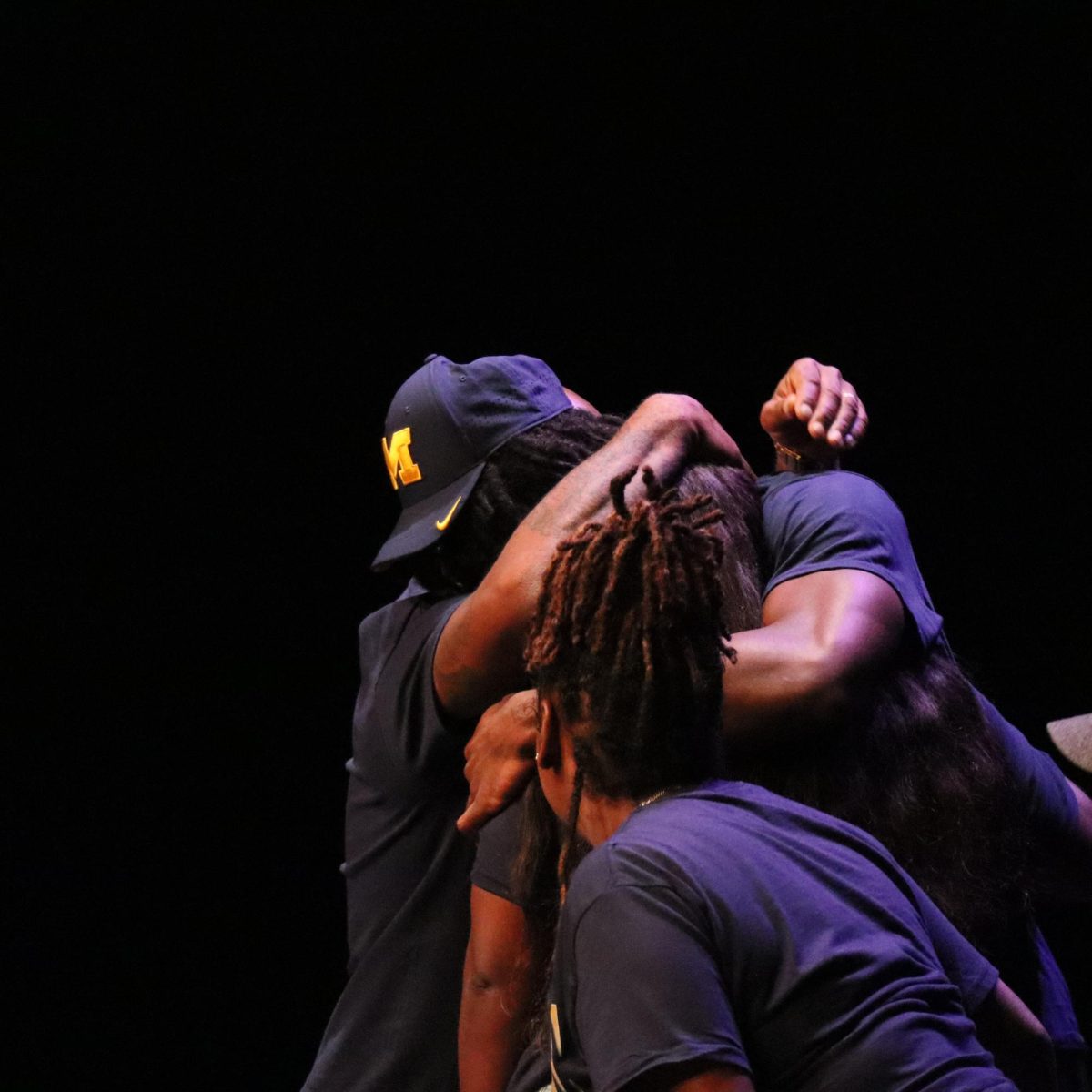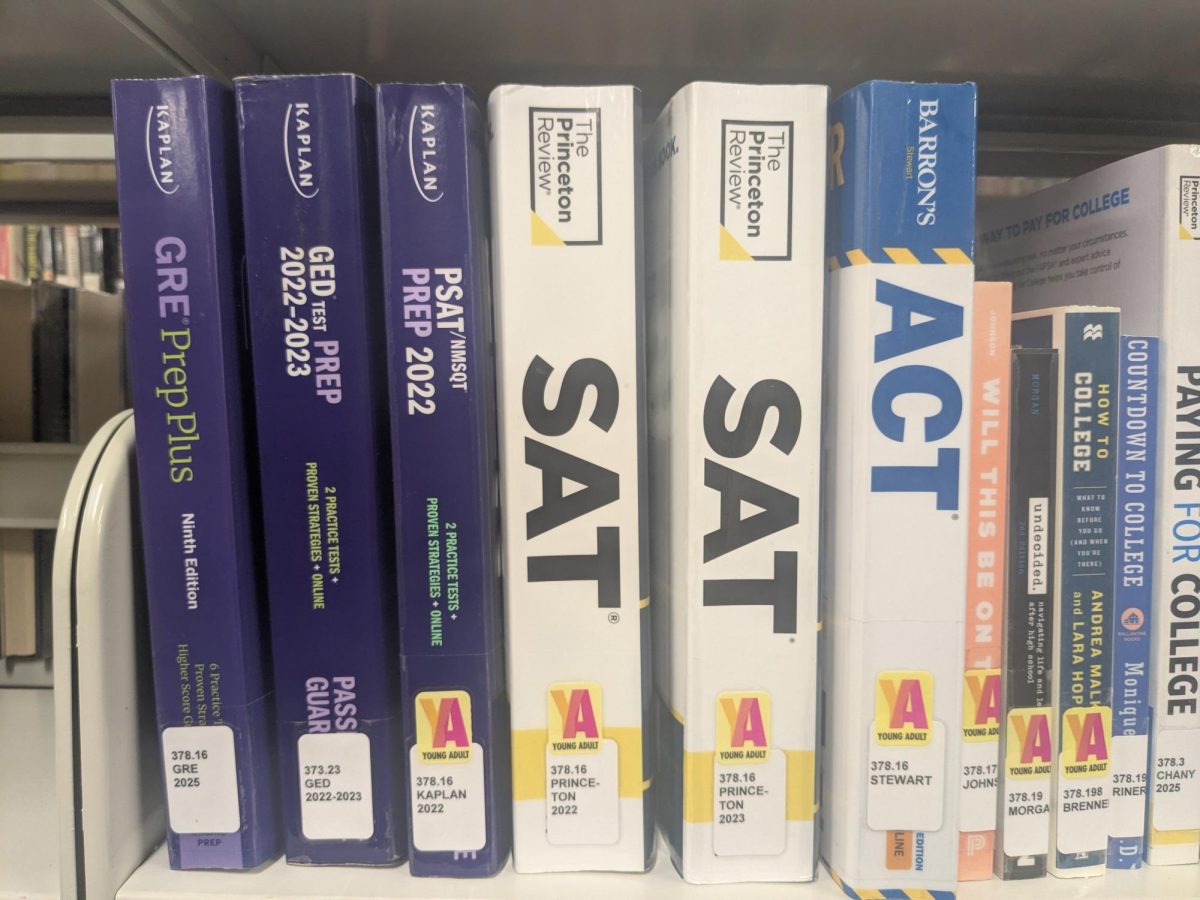Originally, Black History Month started as a week, but has changed over the years, eventually becoming a month. The founder Carter G. Woodson was born in 1875 in Virginia. Before he started high school at age 20, he worked in coal mines with men who were former slaves and Civil War veterans. Many of these men were illiterate, so Woodson read to them in the evenings.

“It was in those experiences that Woodson came to learn that Black people carried important knowledge from their lived experiences that needed to be taken serious and preserved,” Professor and author of “Fugitive Pedagogy: Carter G. Woodson and the Art of Black Teaching” Jarvis R. Givens said in an interview with the Harvard Gazette.
In Chicago of 1915, Woodson and thousands of other African Americans participated in a three-week celebration of emancipation. People lined up to see exhibits featuring the progress they had made since slavery ended. Afterwards, Woodson and several others created the Association for the Study of African American Life and History (ASALH). This group then founded a Black History Week in 1924, deciding to put the week in February because Abraham Lincoln and Frederick Douglas were born in that month. Woodson wanted to further the impact of his Black History Week, sending out a press release in 1925.
“We are going back to that beautiful history and it is going to inspire us to greater achievements,” Woodson said to an audience of Hampton Institute students in this press release.
After this, Woodson became a teacher during Jim Crow when people were separated by race in schools and in other parts of life. The conditions of African American schools were much worse than those of White schools, often being cramped with out-of-date and damaged textbooks. Woodson also became an author, writing his first book in 1933 which analyzed how education influenced how African Americans were treated in life.
“It was a critique of American schooling and the distortions of Black life and Black humanity that existed in the established order of knowledge,” Givens said. “Woodson argued that such curricular violence was intimately related to the violence that Black people experienced in the physical world.”
Woodson and the ASALH’s Black History Week spread to schools all over the country along with Black History clubs in the 1920s and 1930s. They created study materials such as posters and plays to meet the increasing demand from teachers, eventually expanding to form branches across the country. Woodson died in 1950, but the ASALH continued, expanding the former week to Black History Month in 1976. After that, every American president has issued proclamations that endorsed Black History Month.
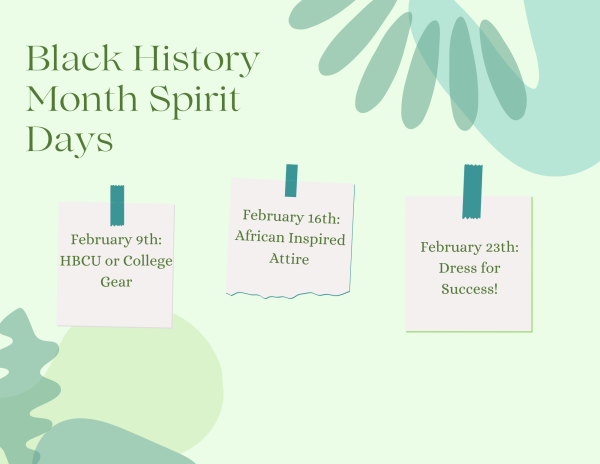
Today, schools across the country have their own ways to celebrate Black History Month. Here, Destined Daughters, a mentoring club for minority female students, created a Black History Month event. On February 9th, 16th, and 23rd, students can participate in the Black History Month spirit days.
“In the past we have also shown historically Black colleges and universities on the monitors and hosted black history trivia games during lunch schedules,” Destined Daughters co-sponsor Linda Tyler said.
Celebrations of Black History Month have expanded outside of the United States. In Germany, Black History Month was established in 1990, making Germany the second country to observe the month. In Canada, The Ontario Black History Society petitioned the province of Ontario to declare February as Black History Month in 1993. In 1995, the House of Commons declared February to be Black History Month in Canada with unanimous approval. Other countries such as Panama, the United Kingdom, the Netherlands, Australia, and Costa Rica also recognize their versions of Black History Month.
“Black History is history, and anytime a wealth of knowledge is shared with others about the rich cultures, traditions, and inventors, it is a beautiful thing,” Tyler said.










